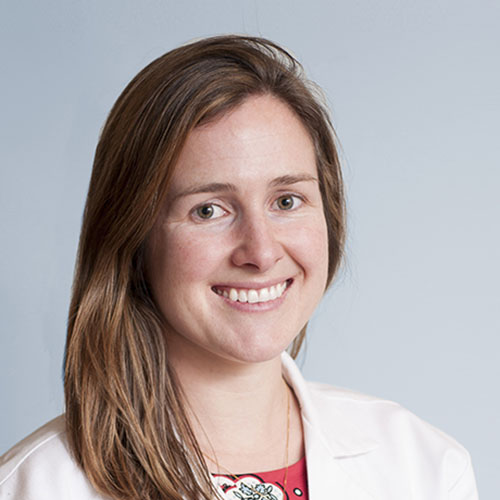-
- Find Care
-
- Visitor Information
- Find a Location
- Shuttles
- Visitor Policies
-
-
-
- Our Virtual Care Options
- Virtual Urgent Care
- Virtual Visits for Primary & Specialty Care
- Online Second Opinions
- Participate in Research
-
- Contact us
-
- For Innovators
- Commercialization Guide for Innovators
-
-
- Research News
- Alzheimer's Disease
- Artificial Intelligence
-
- Overview
-
- Overview
- Getting Started
- New to Mass General Brigham
- International Patient Services
- What Is Patient Gateway?
- Planning Your Visit
- Find a Doctor (opens link in new tab)
- Appointments
- Patient Resources
- Health & Wellness
- Flu, COVID-19, & RSV
- Billing & Insurance
- Financial Assistance
- Medicare and MassHealth ACOs
- Participate in Research
- Educational Resources
- Visitor Information
- Find a Location
- Shuttles
- Visitor Policies
- Find Care
-
- Overview
- Our Virtual Care Options
- Virtual Urgent Care
- Virtual Visits for Primary & Specialty Care
- Online Second Opinions
-
- Overview
- Participate in Research
-
- Overview
- About Innovation
- About
- Team
- News
- For Industry
- Venture Capital and Investments
- World Medical Innovation Forum (opens link in new tab)
- Featured Licensing Opportunities
- For Innovators
- Commercialization Guide for Innovators
- Contact us
-
- Overview
- Information for Researchers
- Compliance Office
- Research Cores
- Clinical Trials
- Advisory Services
- Featured Research
- Two Centuries of Breakthroughs
- Advances in Motion (opens link in new tab)
- Brigham on a Mission (opens link in new tab)
- Gene and Cell Therapy Institute
- Research News
- Alzheimer's Disease
- Artificial Intelligence
-
- Overview
-
- Overview
- Residency & fellowship programs
- Brigham and Women's Hospital
- Massachusetts General Hospital
- Mass Eye and Ear
- Newton-Wellesley Hospital
- Salem Hospital
- Integrated Mass General Brigham Programs
- Centers of Expertise
- Global & Community Health
- Health Policy & Management
- Healthcare Quality & Patient Safey
- Medical Education
- For trainees
- Prospective trainees
- Incoming trainees
- Current trainees
- Continuing Professional Development
Gene and Cell Therapy for Cystic Fibrosis

Cystic fibrosis (CF) is a genetic disorder that can be life-threatening, and currently has no cure. It causes cells in the respiratory system and other parts of the body to absorb too much sodium and water. That absorption makes thick mucus in the lungs, pancreas, and other organs. CF is estimated to affect over 100,000 people worldwide, according to the National Institutes of Health.
“Treatment for cystic fibrosis at Mass General Brigham has been revolutionized in recent years, resulting in people living longer and having a better quality of life than ever before,” says Lael Yonker, MD, a Mass General Brigham pediatric pulmonologist. Dr. Yonker cares for patients at Mass General for Children and is co-director of the Cystic Fibrosis Center.
“Mass General Brigham is searching for a cure for cystic fibrosis,” Dr. Yonker explains. “It’s possible that gene and cell therapy may be the answer.”
How may gene and cell therapies help treat people with cystic fibrosis?
Gene and cell therapy are forms of precision medicine, which means that treatments are tailored individually based on a person’s genes or aspects of their condition. Cystic fibrosis is caused by a change in the cystic fibrosis transmembrane conductance regulator (CFTR) gene.
“If we can replace or modify the defective gene, we may be able to cure or prevent cystic fibrosis. That’s gene therapy,” says Dr. Yonker.
However, Dr. Yonker notes that there are many different mutations of the CFTR gene, which makes it challenging for researchers to find a gene therapy that works.
Cell therapy treatment, on the other hand, removes cells from a patient (or donor) and modifies the cells in a lab using gene therapy. Health care providers return the cells to the patient through an IV or infusion. The modified cells then teach the body to destroy defective cells that cause mucus buildup.
How long have gene and cell therapies been around?
The first instance of an attempt at cell therapy was in 1889, when a scientist tried to stop the effects of aging by injecting himself with animal cell extracts. Many years later, the first successful bone marrow transplant in the 1950s was the first modern example of cell therapy. From these early experiments in gene therapy, bone marrow and stem cell transplants are now widely used to treat leukemia and blood disorders, like sickle cell disease.
In the 1960s scientists began further studying gene therapy, but the first human clinical trial wasn’t until 1990. A 4-year-old girl was treated for a rare genetic disorder called severe combined immunodeficiency, or SCID, successfully. Gene therapy is now FDA-approved to treat some types of cancers, genetic diseases, and blood disorders.
Mass General Brigham research on cystic fibrosis
Mass General Brigham researchers are looking to use the science behind gene and cell therapy to slow, stop, and prevent cystic fibrosis. They also study the use of stem cell therapy to treat damage caused by cystic fibrosis to the lungs, pancreas, and other organs.
“In our labs and in clinical trials, we’re testing different approaches to treatment,” Dr. Yonker adds. “These trials give people with cystic fibrosis the opportunity to access potential new therapies before they’re widely available.”
Scientists are also researching advanced imaging techniques, which will help doctors understand and create treatments for airway inflammation as well as treatments for people who develop diabetes because of cystic fibrosis.
“Treatment for cystic fibrosis has come a long way in recent years. More and more people with the condition live longer, better lives than ever before,” says Dr. Yonker. “But that’s not enough. We want a cure — gene and cell therapy may hold the key.”
